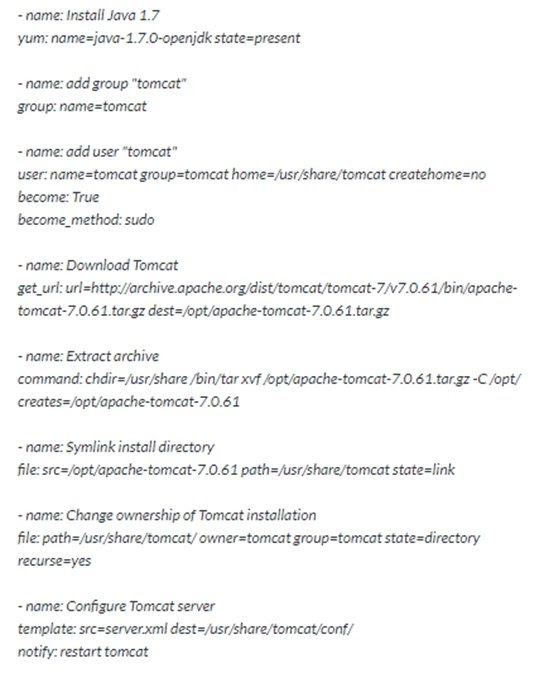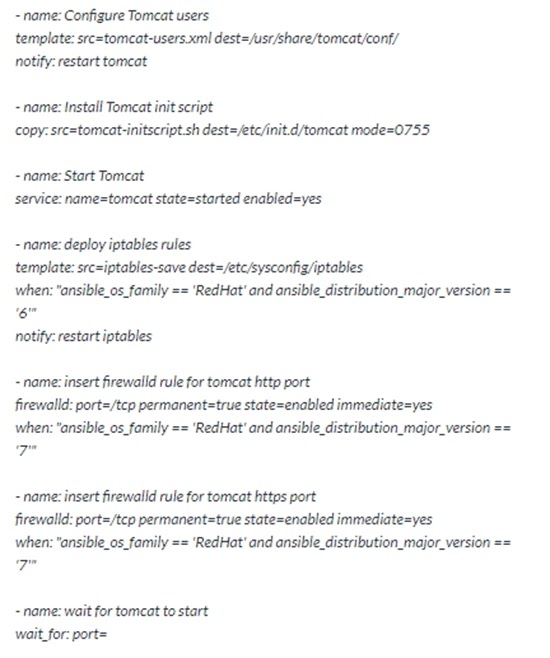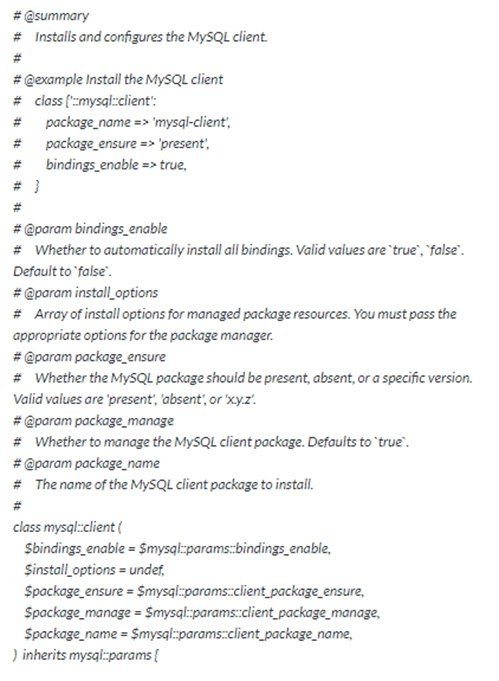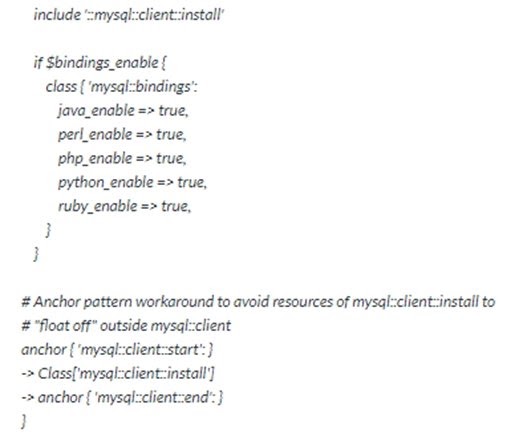- What is AWS Elastic Beanstalk? | A Complete Guide For Beginners
- What is Azure Devops? | A Comprehensive Guide
- What is Devops Engineer? | Roles and Responsibilities
- What is Blue Green Deployment? : The Ultimate Guide | Step-By-Step Process
- Introduction to Docker Images and Containers |A Definitive Guide with Best Practices [ OverView ]
- DevOps Tools for Database Deployment Automation | All you need to know [ OverView ]
- Top AWS DevOps Tools for Cloud Build and Deployment | A Complete Guide with Best Practices
- The Rise of DevOps: What It Is & How It Helps Businesses [OverView]
- Why DevOps and What it Means for Federal Agencies | How its Work [ OverView ]
- What is Chaos Engineering? : The Ultimate Guide | Principles of Chaos Engineering [ OverView ]
- Top Most DevOps Security Tools | The Ultimate Guide with Expert’s Top Picks
- What is Continuous Integration in Jenkins | A Complete Beginners Guide | REAL-TIME Examples
- Best CI/CD Tools Used by Programmers | Everything You Need to Know | Expert’s Top Picks
- Difference between Docker and Virtual Machine | A Definitive Guide and Which Should You Learn?
- Top Features of Docker | Everything You Need to Know [ OverView ]
- What is DevOps? : A Complete Guide with Best Practices
- Docker Alternatives and Their Standout Features [ OverView ]
- What is AWS DevOps ? All you need to know [ OverView ]
- Terraform vs Ansible: Key Differences Among Terraform and Ansible
- Docker vs Kubernetes | Difference You Should Know
- DevOps Build Tools List
- Ansible Vs Kubernetes
- DevOps Engineer Salary, Roles and Responsibilities
- Ansible vs. Puppet
- What is Puppet?
- Agile vs DevOps
- What is Docker Container?
- How to Install Jenkins on Windows?
- What is AWS Elastic Beanstalk? | A Complete Guide For Beginners
- What is Azure Devops? | A Comprehensive Guide
- What is Devops Engineer? | Roles and Responsibilities
- What is Blue Green Deployment? : The Ultimate Guide | Step-By-Step Process
- Introduction to Docker Images and Containers |A Definitive Guide with Best Practices [ OverView ]
- DevOps Tools for Database Deployment Automation | All you need to know [ OverView ]
- Top AWS DevOps Tools for Cloud Build and Deployment | A Complete Guide with Best Practices
- The Rise of DevOps: What It Is & How It Helps Businesses [OverView]
- Why DevOps and What it Means for Federal Agencies | How its Work [ OverView ]
- What is Chaos Engineering? : The Ultimate Guide | Principles of Chaos Engineering [ OverView ]
- Top Most DevOps Security Tools | The Ultimate Guide with Expert’s Top Picks
- What is Continuous Integration in Jenkins | A Complete Beginners Guide | REAL-TIME Examples
- Best CI/CD Tools Used by Programmers | Everything You Need to Know | Expert’s Top Picks
- Difference between Docker and Virtual Machine | A Definitive Guide and Which Should You Learn?
- Top Features of Docker | Everything You Need to Know [ OverView ]
- What is DevOps? : A Complete Guide with Best Practices
- Docker Alternatives and Their Standout Features [ OverView ]
- What is AWS DevOps ? All you need to know [ OverView ]
- Terraform vs Ansible: Key Differences Among Terraform and Ansible
- Docker vs Kubernetes | Difference You Should Know
- DevOps Build Tools List
- Ansible Vs Kubernetes
- DevOps Engineer Salary, Roles and Responsibilities
- Ansible vs. Puppet
- What is Puppet?
- Agile vs DevOps
- What is Docker Container?
- How to Install Jenkins on Windows?

Ansible vs. Puppet
Last updated on 01st Oct 2020, Artciles, Blog, DevOps
DevOps Engineers are managing multiple servers with more applications than ever before. To handle highly complex tasks, dozens of Configuration Management (CM) tools are introduced and the two most popular ones include Ansible and Puppet. According to experts, configuration management is a vital process and is considered imperative in the DevOps model to support continuous integration. In this blog for Puppet Ansible, we will discuss Puppet vs Ansible and significant differences based on certain parameters among the two.
Subscribe For Free Demo
Error: Contact form not found.
Ansible
It is an open-source software provisioning, configuration management, and application-deployment tool enabling infrastructure as code.[2] It runs on many Unix-like systems, and can configure both Unix-like systems as well as Microsoft Windows. It includes its own declarative language to describe system configuration. Ansible was written by Michael DeHaan and acquired by Red Hat in 2015. Ansible is agentless, temporarily connecting remotely via SSH or Windows Remote Management (allowing remote PowerShell execution) to do its tasks.
Puppet
It is an object, often resembling a human, animal or mythical figure, that is animated or manipulated by a person called a puppeteer. The puppeteer uses movements of their hands, arms, or control devices such as rods or strings to move the body, head, limbs, and in some cases the mouth and eyes of the puppet. The puppeteer often speaks in the voice of the character of the puppet, and then synchronizes the movements of the puppet’s mouth with this spoken part. The actions, gestures and spoken parts acted out by the puppeteer with the puppet are typically used in storytelling. Puppetry is a very ancient form of theatre which dates back to the 5th century BC in Ancient Greece. There are many different varieties of puppets, and they are made from a wide range of materials, depending on their form and intended use. They range from very simple in construction and operation to very complex.
Ansible vs Puppet – Difference Between Ansible and Puppet
Puppet is easy to install and use. It is model-driven built for system administrators in mind. It is based on the client-server architecture and you may install Puppet on multiple servers together. Puppet uses its own declarative language and installation takes 10 to 30 minutes approximately based on the environment and needs.
Ansible vs. Puppet: Availability
Availability will never be interrupted for both Ansible and Puppet. Ansible has the secondary node if the active node fails while Puppet has more than one master if the original master fails.
Ansible vs. Puppet: Modules
Puppet’s repository is Puppet Forge while Ansible’s repository is Ansible Galaxy. Forge has almost 6000 modules and they all are supported well by the Puppet. So, you don’t have to waste time if one is not proven to work. Galaxy does not include this feature so you have to spend more time adjusting things manually.
Ansible vs. Puppet: Management and Scheduling
Ansible and Puppet both focus on push and pull configurations. In Puppet, the client pulls configurations from the server while in Ansible, the server pushes configurations to nodes for quick deployment. Puppet uses its own declarative language to write the configurations whereas Ansible uses YAML to write the configurations.
When it comes to scheduling, the Puppet agent checks frequently almost every 30 minutes to make sure nodes are in the desired state. The free version of Ansible does not involve that capability otherwise you can use the enterprise version, Ansible Tower to avail of this feature. Overall, Ansible lacks advanced features that its close competitors like Puppet have.
Ansible vs. Puppet: Scalability
Ansible and Puppet both are highly scalable, which means they could handle a massive increase in nodes without any problem. However, scalability is considered more convenient in Ansible.
Ansible vs. Puppet: Support
Puppet has been around for several years than Ansible and it is obvious that there is more support and a bigger developer community for the Puppet. There is a dedicated support team with an intensive knowledge base and two levels of professional support are also given that include Standard and Premium. To become involved in the Puppet community, you can access events or participate in other channels.
There are also more than 200 meetups worldwide that involve a big gathering of users and contributors annually. Overall, Ansible has a smaller developer community than Puppet and less support for troubleshooting resources on the web.
Ansible vs. Puppet: GUI
Puppet’s Graphical User Interface is more interactive than Ansible. It is used to view, manage, and monitor more complex tasks otherwise there is an option of using CLI (command-line interface) too when needed which is written in Ruby.
At the time of its inception, Ansible was a command-line tool only. Now it has the UI in the enterprise version but it is not perfect. Sometimes, GUI is not in perfect sync with the Command line and is not able to perform the same things as the command-line interface.
Ansible vs. Puppet: Pricing
At the basic level, Ansible and Puppet both are free and open-source DevOps tools. For the commercial versions, you have to pay a certain amount that depends on the level of support you want to avail of.
- For example, if you try the Puppet Enterprise, it is free up to 10 nodes. It costs $100 per node for the standard editions and $199 per node for the premium edition.
- Ansible Tower has three levels of pricing. First is self-support that involves $5000 per year for 100 nodes. Second is the standard edition that involves $10,000 per year for 100 nodes. The third is the premium edition that involves $13000 per year for 100 nodes.
Ansible versus Puppet – Code Example
Ansible CM Code Example
It is pretty easier writing Ansible code using the YAML and declarative management style. As a DevOps engineer, it is crucial to keep your code simpler and manageable to complete even tougher configuration tasks. Using Ansible, you can write code over playbooks and you don’t have to get confused with servers.
Here is a quick code example for your reference where the Tomcat server has been used for different nodes. This Ansible code example will make you familiar with the writing style and the exact syntax.


This code example can be used to download or install the Tomcat server and start the configuration later. For this purpose, JDK 1.7 or later versions should be installed on your system. Once you will go through the code, you may realize how easier it is writing the Ansible code for both beginners and advanced users.
Puppet CM code example
Puppet tool is written in Ruby programming language and syntax is very much similar to the C programming language. If you know anyone of the programming languages like C, C++, Java, Perl, etc. then you can quickly start with writing code in Puppet. So, even if you don’t know how to use Ruby, you don’t have to panic. Moreover, it is easy to learn and you can quickly become productive with it.
Here is the sample code for your reference on how to use MySQL Puppet and learn to install MySQL client package and configure it.


Puppet is an imperative programming language and highly similar to the XML. The declarative and imperative coding approach of Puppet Ansible shines in the IT world. When it comes to coding, Chef is also very much similar to Ansible and Puppet.
Ansible vs. Puppet – Which one to choose?
With this blog, Ansible vs Puppet, you have a sound idea of the two most popular configuration management tools. Ansible and Puppet both the tools are excellent in their own ways for different reasons. The right choice really comes down to your business needs. Ansible is good for small and easy deployments while Puppet is often used for more complex or longer deployments. If you have a fixed set of machines to maintain then Puppet is certainly the best choice whereas if your machine counts are revised frequently then Ansible may be the right way to go.
